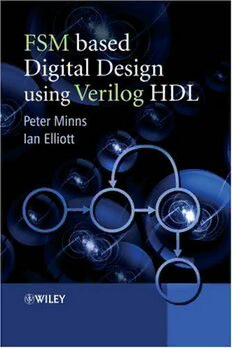
FSM-based Digital Design using Verilog HDL PDF
407 Pages·2008·4.081 MB·English
Most books are stored in the elastic cloud where traffic is expensive. For this reason, we have a limit on daily download.
Preview FSM-based Digital Design using Verilog HDL
Description:
As digital circuit elements decrease in physical size, resulting in increasingly complex systems, a basic logic model that can be used in the control and design of a range of semiconductor devices is vital. Finite State Machines (FSM) have numerous advantages; they can be applied to many areas (including motor control, and signal and serial data identification to name a few) and they use less logic than their alternatives, leading to the development of faster digital hardware systems. This clear and logical book presents a range of novel techniques for the rapid and reliable design of digital systems using FSMs, detailing exactly how and where they can be implemented. With a practical approach, it covers synchronous and asynchronous FSMs in the design of both simple and complex systems, and Petri-Net design techniques for sequential/parallel control systems. Chapters on Hardware Description Language cover the widely-used and powerful Verilog HDL in sufficient detail to facilitate the description and verification of FSMs, and FSM based systems, at both the gate and behavioural levels. Throughout, the text incorporates many real-world examples that demonstrate designs such as data acquisition, a memory tester, and passive serial data monitoring and detection, among others. A useful accompanying CD offers working Verilog software tools for the capture and simulation of design solutions. With a linear programmed learning format, this book works as a concise guide for the practising digital designer. This book will also be of importance to senior students and postgraduates of electronic engineering, who require design skills for the embedded systems market.
See more
The list of books you might like

Believe Me
Tahereh Mafi
·177 Pages
·2021
·2.19 MB

The 48 Laws of Power
Robert Greene
·1998
·2.84 MB

Mind Management, Not Time Management
David Kadavy
·2020
·0.58 MB

Haunting Adeline
H. D. Carlton
·2021
·3.65 MB

La venganza del Highlander
Anne Marie Warren
·2019
·1.182 MB

The Art of Whittling: Classic Woodworking Projects for Beginners and Hobbyists
Walter L. Faurot
·455 Pages
·2015
·1.297 MB

Alcatel OneTouch Pop 7 User guide
126 Pages
·2014
·2.62 MB
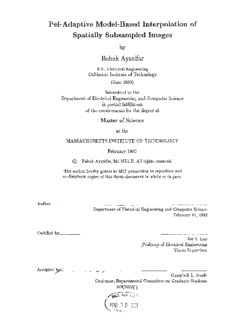
by
Carl Jones
·55 Pages
·2005
·2.64 MB

by Eshrag Ali Ahmad Refaee
250 Pages
·2016
·2.7 MB
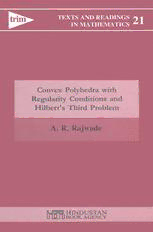
Convex Polyhedra with Regularity Conditions and Hilbert’s Third Problem
A. R. Rajwade (auth.)
·203 Pages
·2001
·9.741 MB

CAUT Bulletin December 2006 (Volume 53, Number 10)
Canadian Association of University Teachers
·2006
·5.3 MB
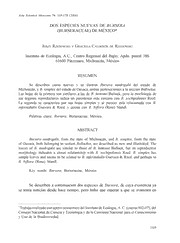
DOS ESPECIES NUEVAS DE BURSERA (BURSERACEAE) DE MÉXICO
Jerzy Rzedowski
·2006
·3.9 MB

Sonic the Hedgehog #37
Evan Stanley
·0.2358 MB
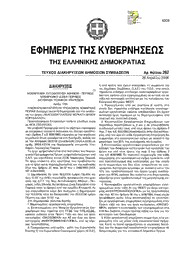
Greek Government Gazette: Part 7, 2006 no. 262
The Government of the Hellenic Republic
·2006
·0.31 MB
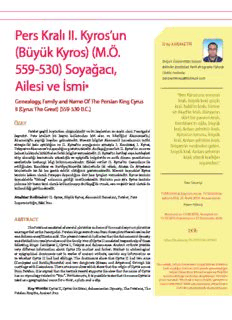
Büyük Kyros
16 Pages
·2016
·1.98 MB

Infinite ergodic index of the ehrenfest wind-tree model
Alba Málaga
·0.19 MB

An Introduction to Fully Integrated Mixed Methods Research
Elizabeth G. Creamer
·404 Pages
·2017
·12.451 MB
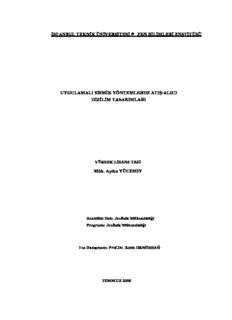
bölüm 1: giriş
107 Pages
·2006
·3.81 MB

Elasticsearch 7 Quick Start Guide : get up and running with the distributed search and... analytics capabilities of elasticsearch.
Anurag Srivastava, Douglas Miller
·2019
·2.606 MB
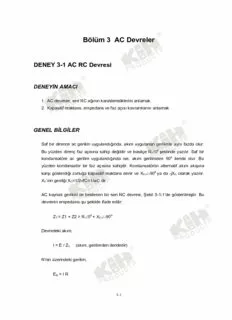
Bölüm 3 AC Devreler
23 Pages
·2010
·0.56 MB
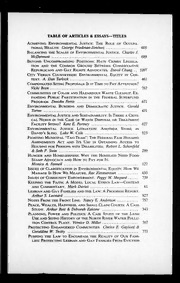
Fordham Urban Law Journal 1993 - 1994: Vol 21 Index
5 Pages
·0.96 MB
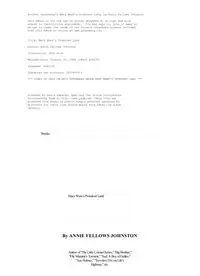
Mary Wares Promised Land by Annie Fellows Johnston
81 Pages
·2021
·0.67 MB
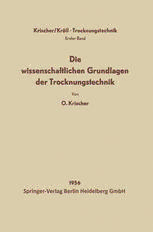
Trocknungstechnik: Die wissenschaftlichen Grundlagen der Trocknungstechnik
Dr.-Ing. O. Krischer (auth.)
·423 Pages
·1956
·24.721 MB
Most books are stored in the elastic cloud where traffic is expensive. For this reason, we have a limit on daily download.

